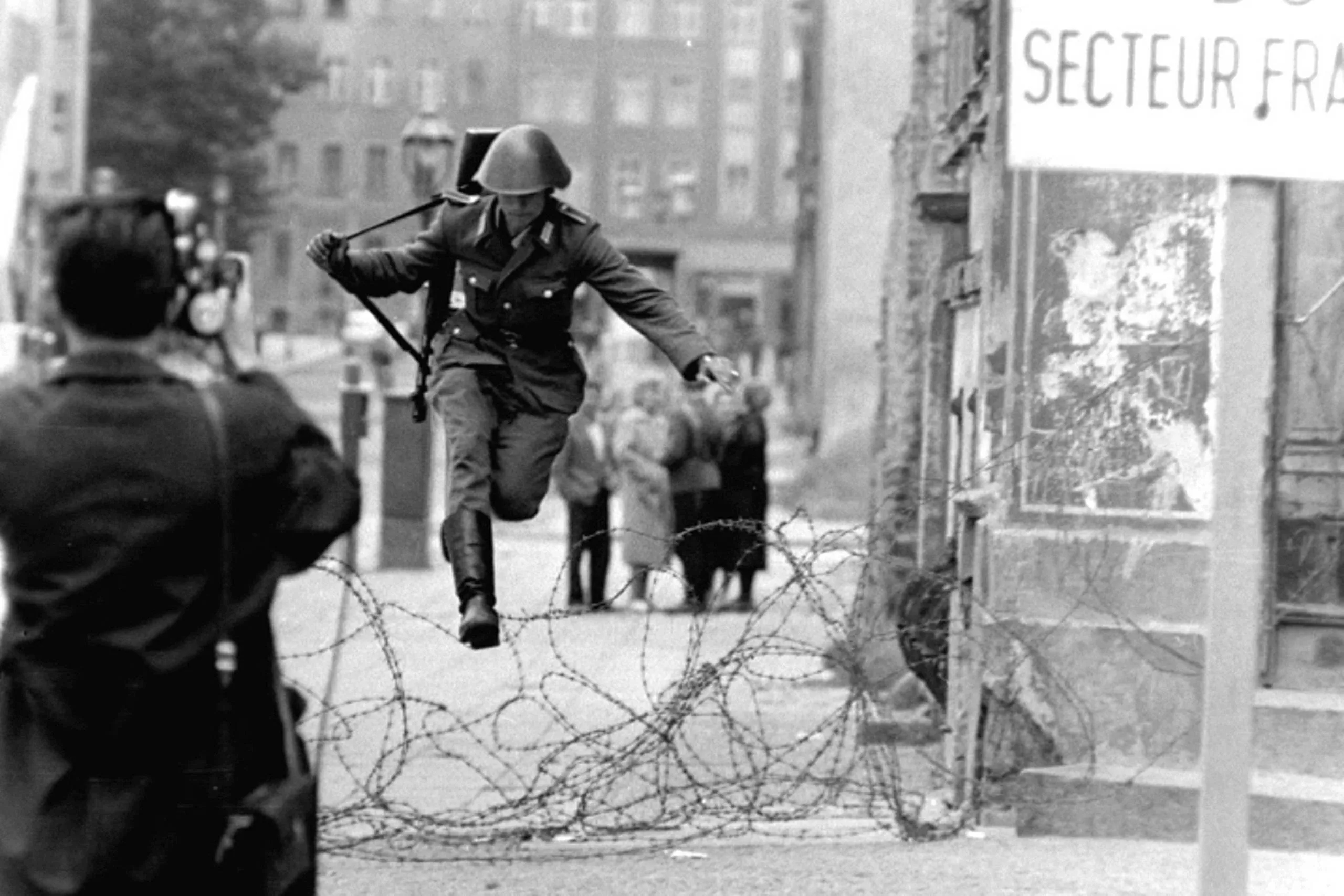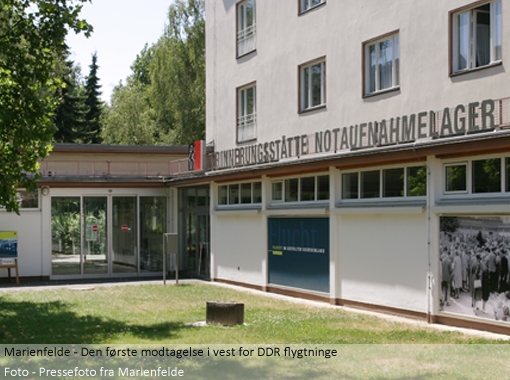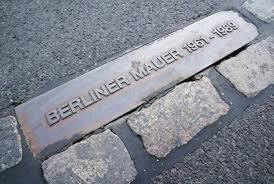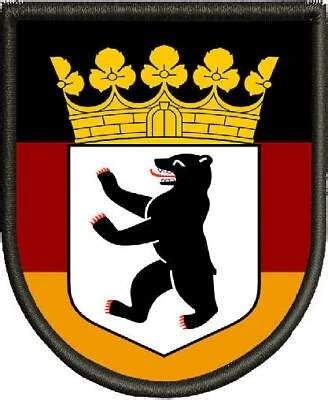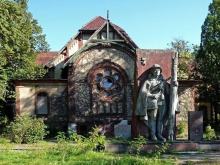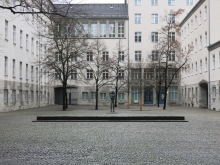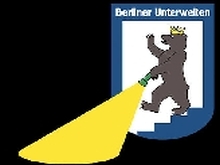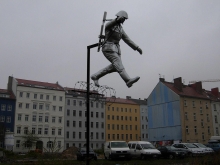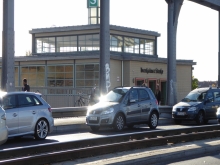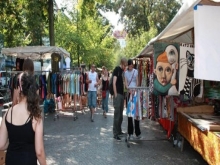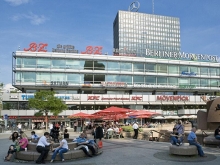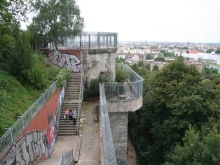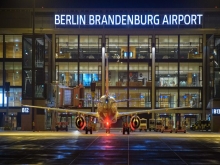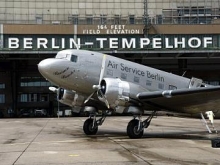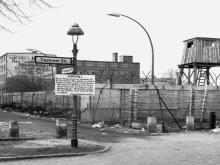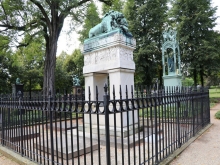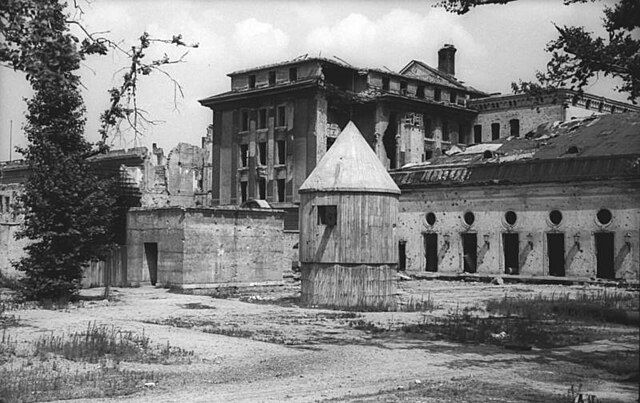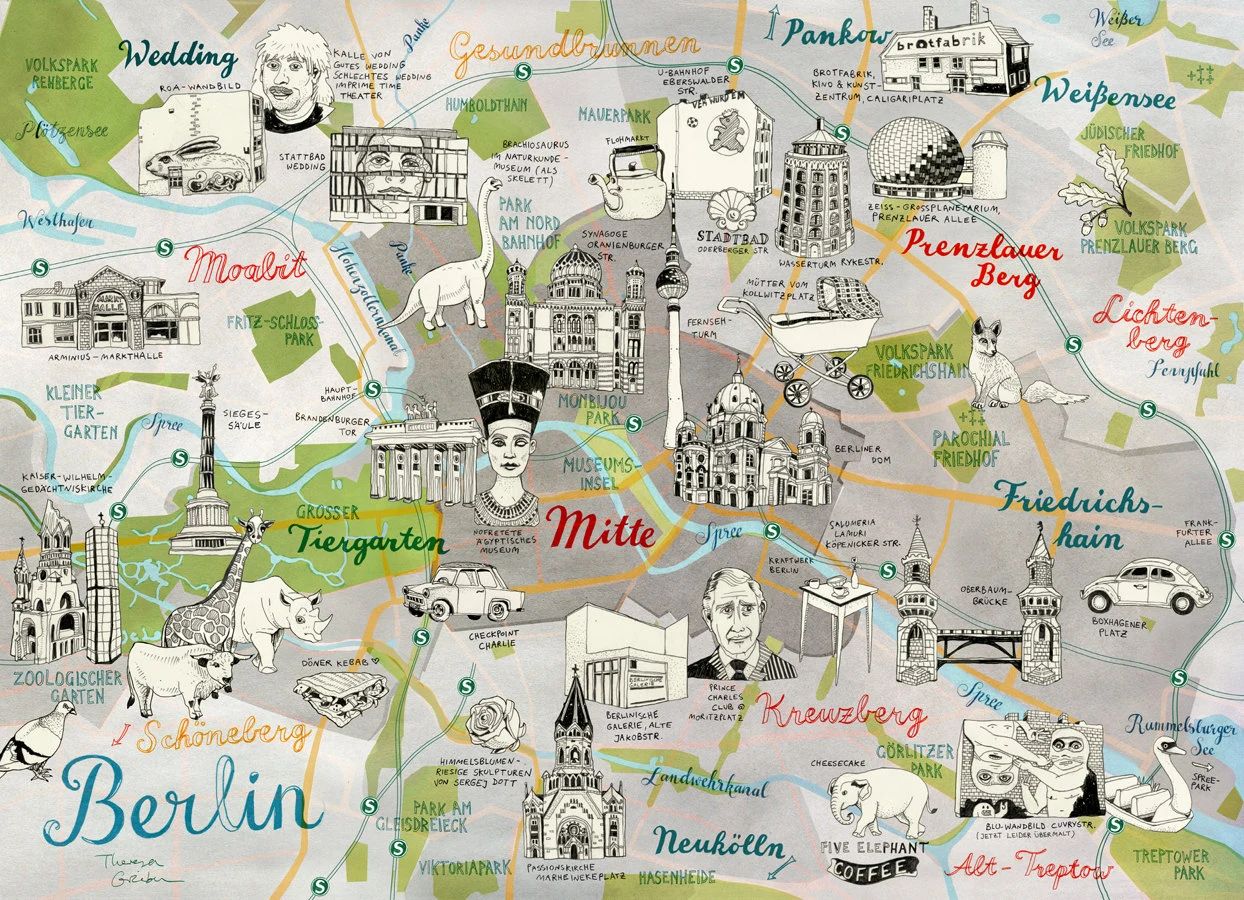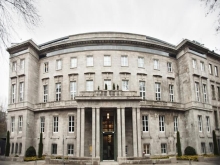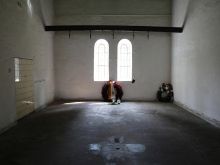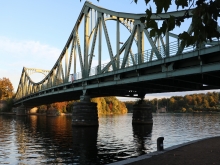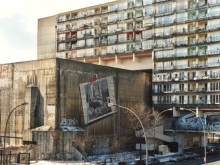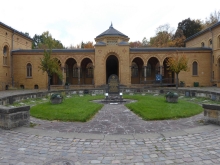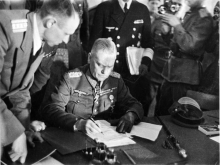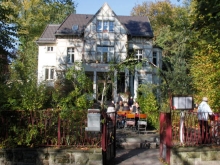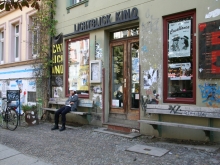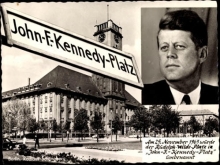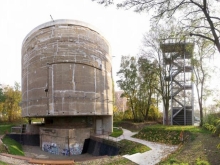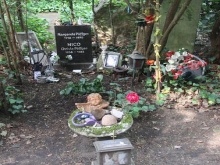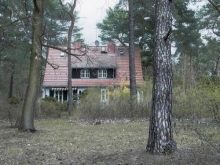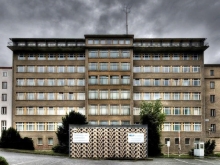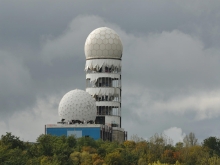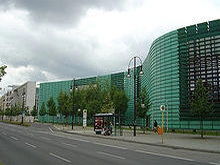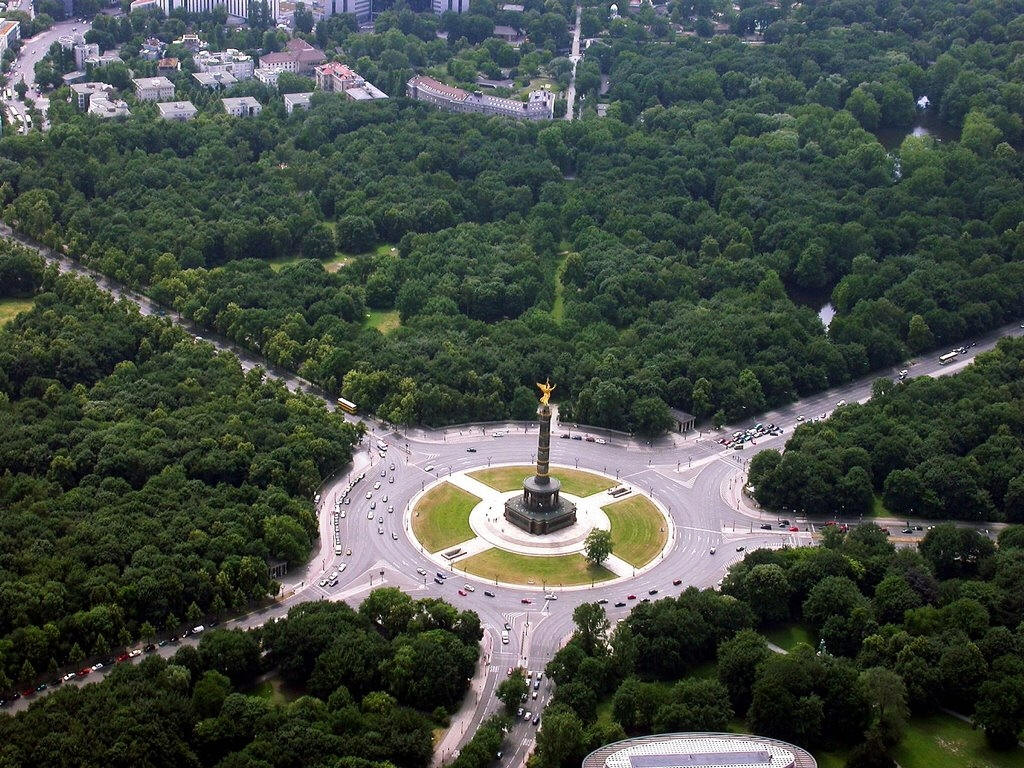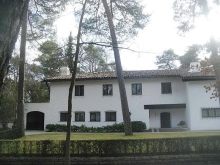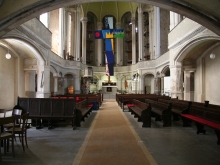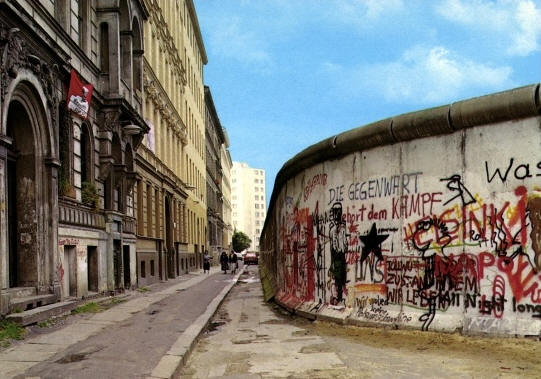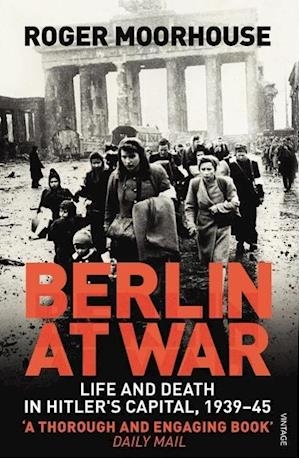Other places of interest and excursion destinations in other countries:
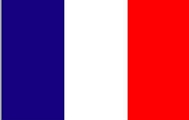 |
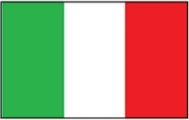 |
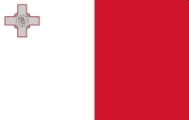 |
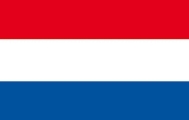 |
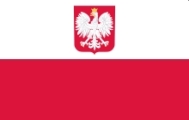 |
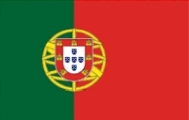 |
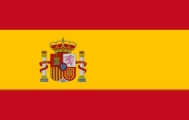 |
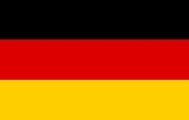 |
FR |
IT |
MT |
NL |
PL |
PT |
ES |
DE |
Link: Worth visiting in Berlin
Berlin - Rathaus Schöneberg
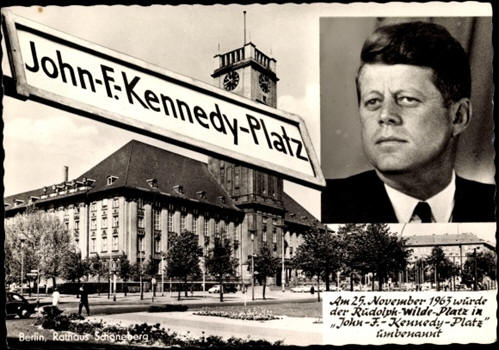
Rathaus Schöneberg
The town hall was built in 1911 - 1914 in the district Schöneberg, which was then an independent city. In 1920, Schöneberg was incorporated into Berlin, but after World War II and before the division of Berlin, the Rotes Rathaus, which had historically been the residence of the Berlin government, lay within the borders of West Berlin. For the same reason, Rathaus Schöneberg was elected as the headquarters of West Berlin. After the reunification, the Rathaus Schöneberg became the town hall of the Schöneberg district again.
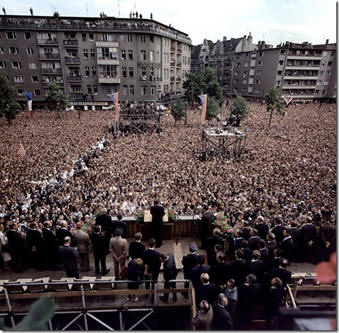
The square in front of Rathaus Schöneberg on 26 June. 1963On
June 26, 1963, the then US President John F. Kennedy gave his later famous
speech, in which he proclaimed "Ich bin ein Berliner". Three days after the
assassination of Kennedy, the square in front of the town hall was renamed from
Rudolph-Wilde-Platz to the present John-F.-Kennedy-Platz. The town hall also
houses a permanent exhibition about Willy Brandt, mayor of West Berlin 1957-1966
and federal chancellor 1969-1974.
The bell in the tower of the town hall, "Freiheitsglocke", was donated by
millions of Americans as a symbol of the struggle for freedom and against
communism in Europe. The town hall bell rings daily at 12. The ring is
transmitted by Deutschlandradio Kultur.
Public transport:
U-Bahn: U4 Rathaus Schöneberg
Adresse: John-F-Kennedy-Platz 1, 10825 Berlin
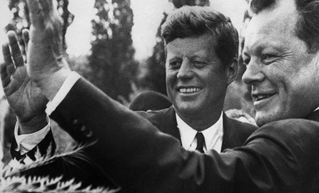
Kennedy and Brandt
Opening hours:
M
onday - Thuesday 07.00-14:30Friday 07.00-14.00
S
aturday and Sunday
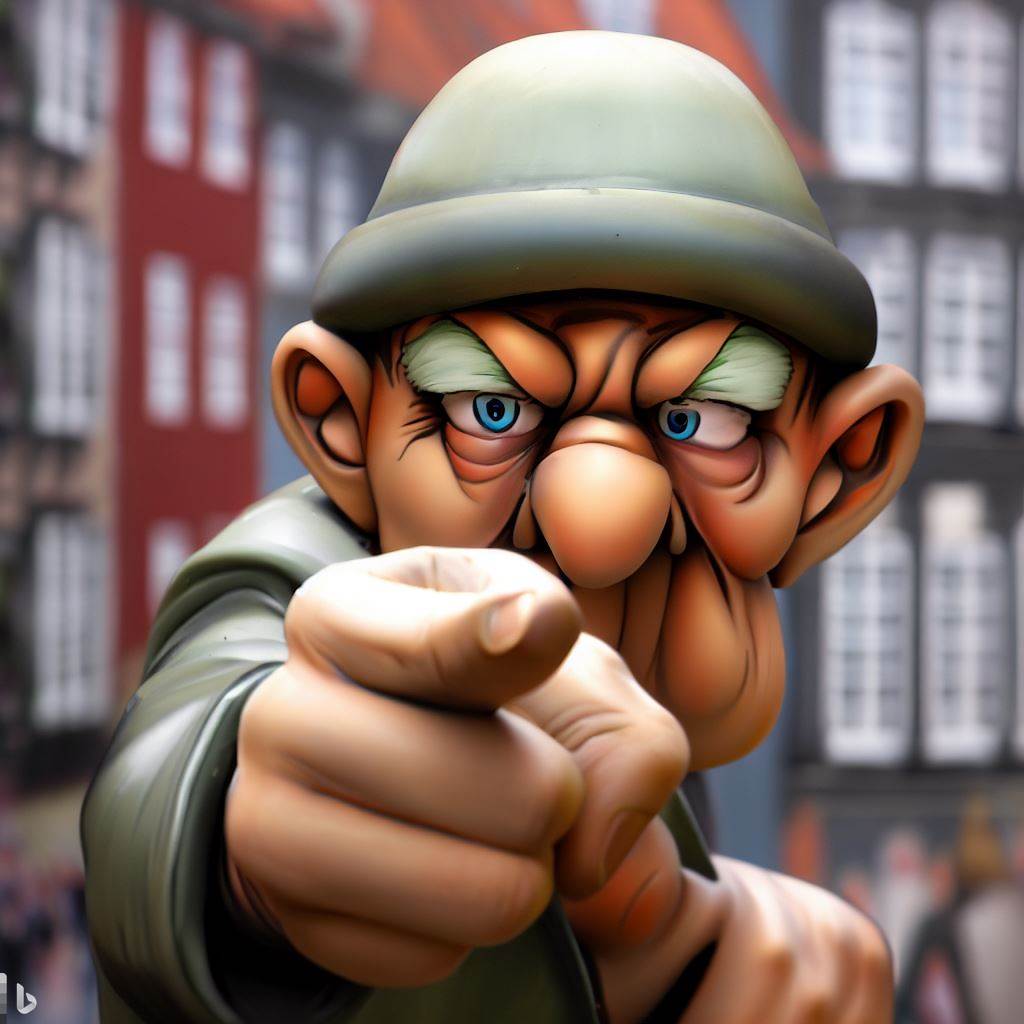
Wanted
D E F
G H I J K
L M N O P Q R S
S T U V X Y Z
Recreational areas:
Food and drinks:
Postcard Berlin, Sebastianstraße, Berliner Mauer Shortcut to postcards of the Berlin Wall
A recommendation
Berlin's landmark is a bear
I have visited Berlin for many years. The first time was in the late 70s with a school
class where the stay made such a big impression on me that I have been coming there
very often ever since.
The first times I visited the city, it was brutally divided into East and West and
separated by the famous and infamous Berlin Wall, which from one day to the next
separated families and friends.
The history of the construction of the Berlin Wall is long and begins in the division of Germany
after World War II, where the four victors and allies - the Soviet Union, the United States, England and France divided the country
between them. The capital, Berlin, from which the Allies were to jointly rule Germany, was also divided into four occupation zones,
which each Allied ruled, however, in accordance with the overall agreements the four Allies had jointly
But the marriage was not a happy one and, in short, the differences between the United States, England and France, on the one hand, and
the Soviet Union, on the other, became so big that cooperation was almost impossible.
The lack of cooperation led the Soviet Union to voluntarily decide to form the state of the GDR
in their part of Germany, where West Berlin were located - now as a desert island in the east.
In the GDR, however, they had the problem that many of its inhabitants would rather live in the somewhat richer "West", where the Americans, unlike the Russians,
provided financial assistance for the reconstruction after the "total war". In the Soviet-occupied German territories, the Russians instead
dismantled most of the production equipment and moved it to the Soviet Union, and to make matters worse, the Germans were also ordered to
pay war damages.
As the flow of refugees from the GDR increased, often by several thousand people a day, the
then government of the GDR felt compelled, with the consent of the Soviet Union, to confine its population, otherwise within a few years there would be so few people
left in the state no longer really would work. The flight to the West among young people, skilled and highly educated was so that the situation was unsustainable
and something had to be done.
The iconic photo of the soldier who escaped from the
GDR to the west
Well arrived in West Berlin, you had to sign up in e.g. the Marienfelde refugee camp to apply for a residence permit.
Here one was interrogated and later typically assigned to a job according to qualifications and an apartment. Many former GDR citizens have passed through
Marienfelde, where there now also is a museum. It is estimated that approx. 1.35 million people passed through the camp in Marienfelde until the fall of
the wall in 1989.
West Berlin was a thorn in the side of the so-called communist regimes, which on several
occasions tried to get the West Allies to leave Berlin and thus let it become part of the GDR, but when that failed, the Berlin Wall or "Antifaschistischer Schutzwall"
as it was officially called in the GDR was built in 1961.
"Notaufnahmelager"
Marienfelde (refugee camp)
The "Schandmauer" - or wall of shame as it was called in most of the western world - came to surround the whole of West Berlin.
The day of shame - 13 August 1961 - was the day when a 41 km long wall was started and further developed the following years right up to the fall of the wall in 1989. Memorial
It is estimated that approx. 14,000 border soldiers guarded the wall
- which by the way consisted of several walls - even though 860,000 mines had been laid, more than 300
watchtowers erected, trenches built and more than 600 well-trained watchdogs exposed.
Throughout the period from 1961 - 1989, it is estimated that there were more than 5,000 escape attempts and that
a little more than 3,000 people were apprehended. Some of these escape attempts took place through the 57 escape
tunnels dug under the Berlin Wall. In all, it is believed that 190 died during escape attempts.
World War II and the Berlin Wall - even after its dismantling - have of course left their mark
on the city of Berlin and there is no doubt that these events have had a colossal historical significance, but one
must not forget that Berlin is also an extremely interesting and modern city, where life is lived and where the
cultural offerings are enormous.
Wanted
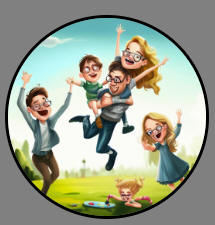
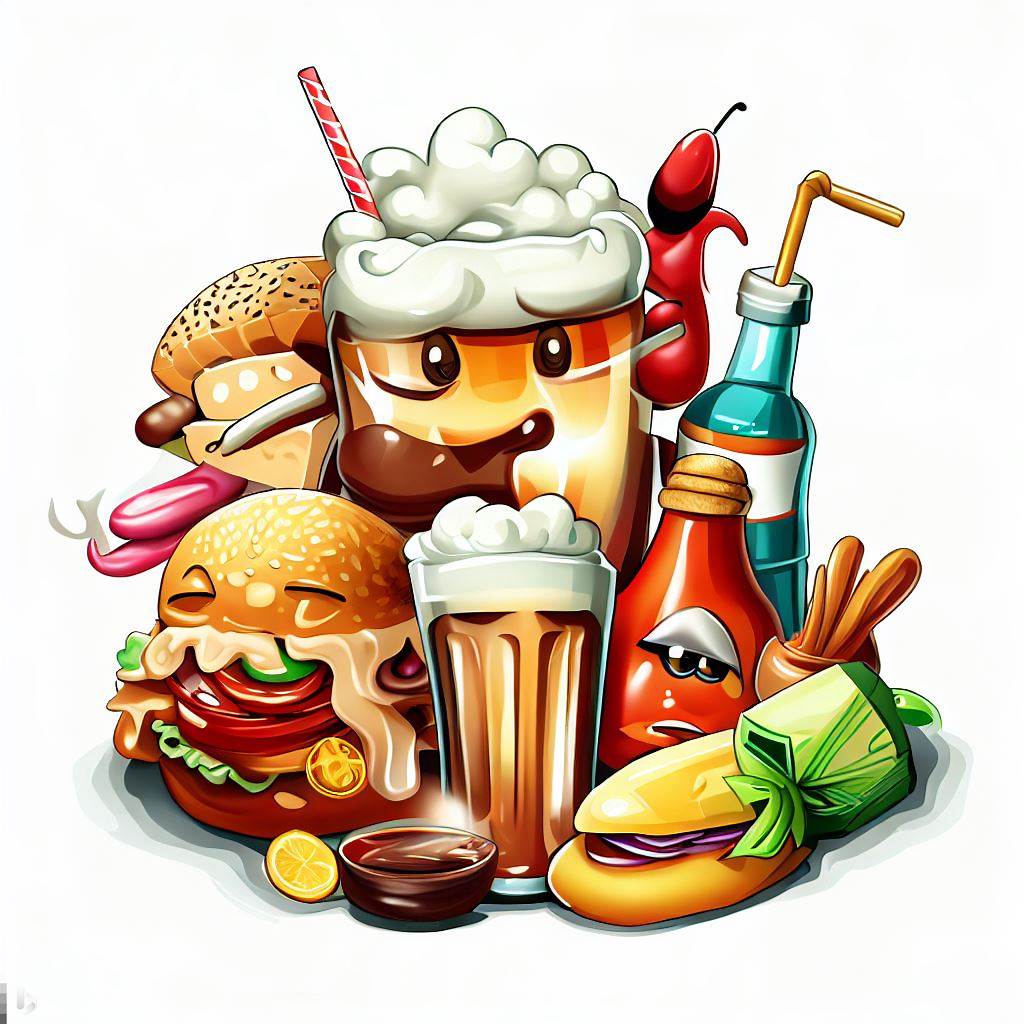
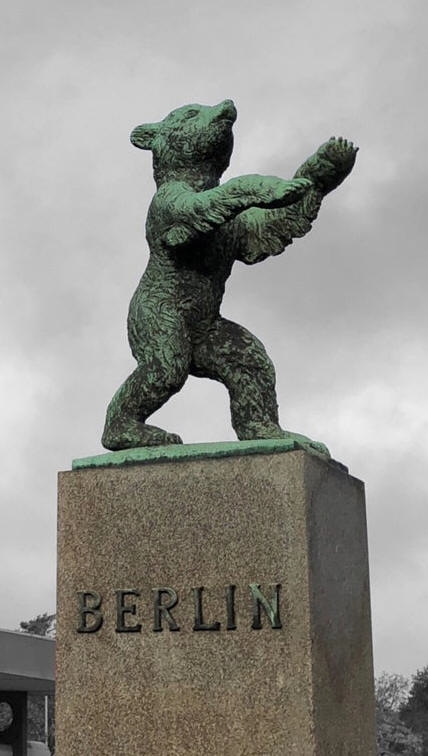
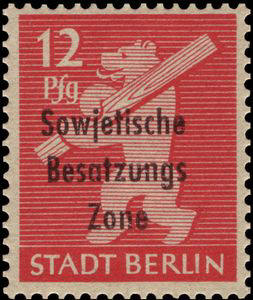
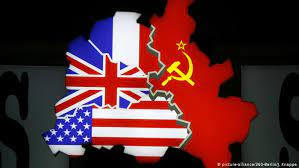
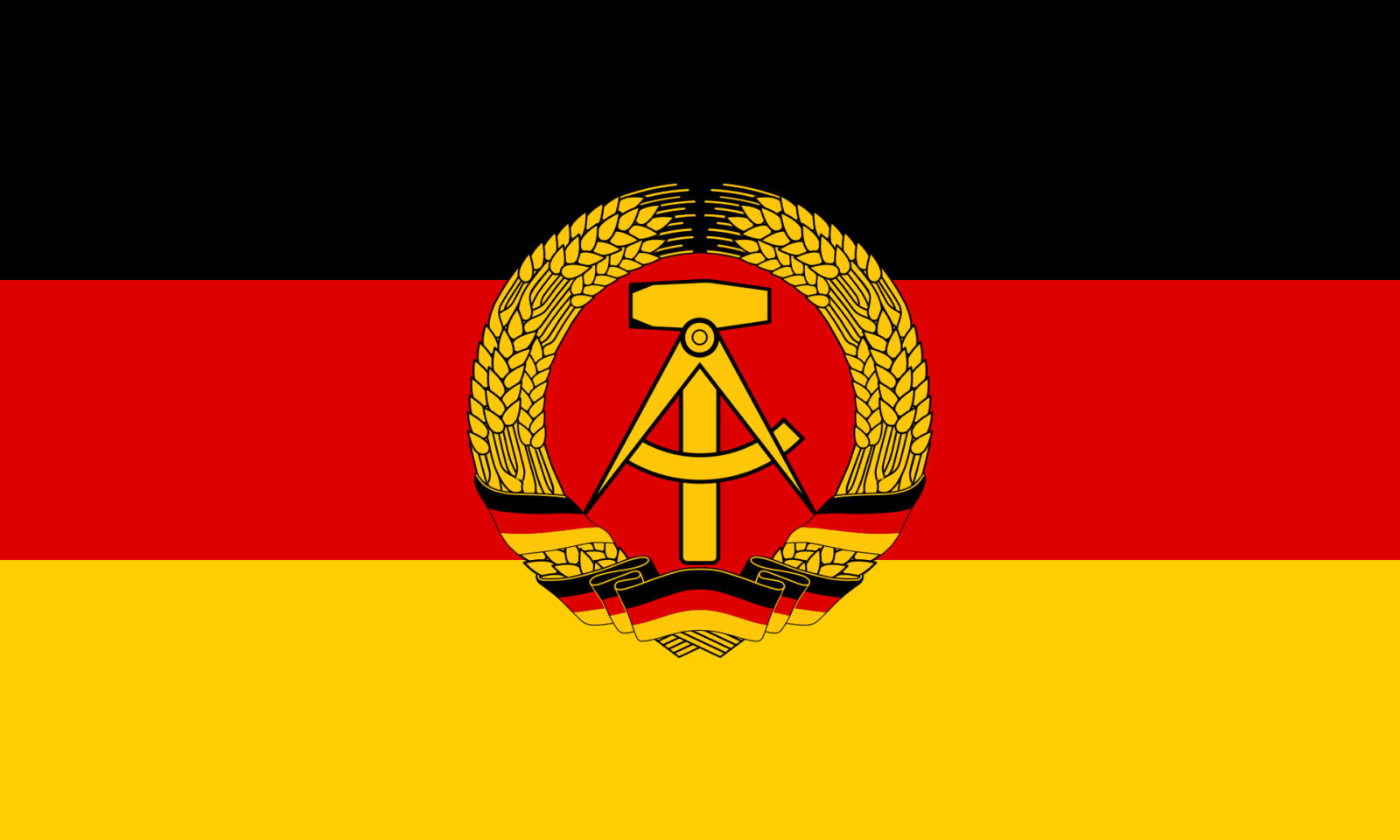
The GDR had otherwise promised its population that after some hard years
of toil and toil, the reward would come, but when you could see, not
least via western TV, how the nation actually fell further and further
behind in relation to the west, many began to doubt truth value of the
statement. For the same reason, large parts of the population began to
seep to the west and this could most easily happen via Berlin, where the
borders between the various sectors were still open.
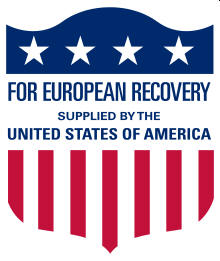 When a GDR citizen had decided to become a "republican
refugee", he or she typically dressed like people from the West
and then subsequently bought a train ticket to Berlin , if one did not already live there. In Berlin, the trip typically continued by "U-bahn" to West Berlin.
During such an escape, no significant luggage could be included, as one would easily be recognized as what one was - a refugee - and then taken to the police
station for questioning and imprisonment. Although there was free passage to West Berlin, many East German border guards were posted at the border and were
largely solely responsible for keeping an eye on any refugees.
When a GDR citizen had decided to become a "republican
refugee", he or she typically dressed like people from the West
and then subsequently bought a train ticket to Berlin , if one did not already live there. In Berlin, the trip typically continued by "U-bahn" to West Berlin.
During such an escape, no significant luggage could be included, as one would easily be recognized as what one was - a refugee - and then taken to the police
station for questioning and imprisonment. Although there was free passage to West Berlin, many East German border guards were posted at the border and were
largely solely responsible for keeping an eye on any refugees.
